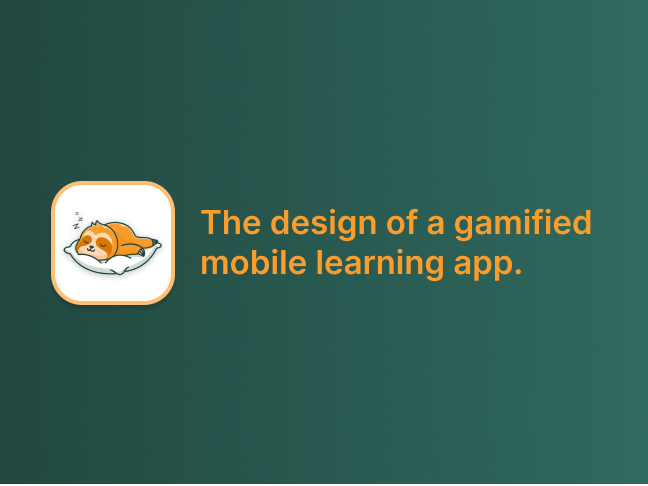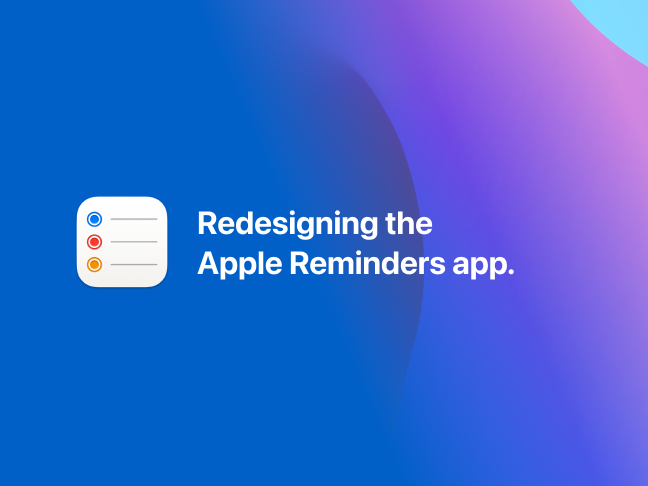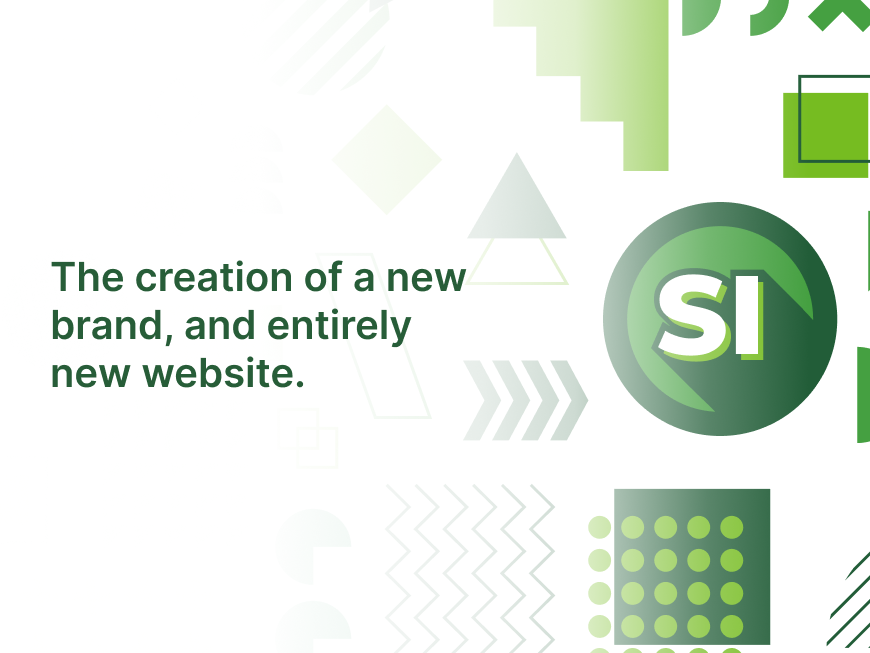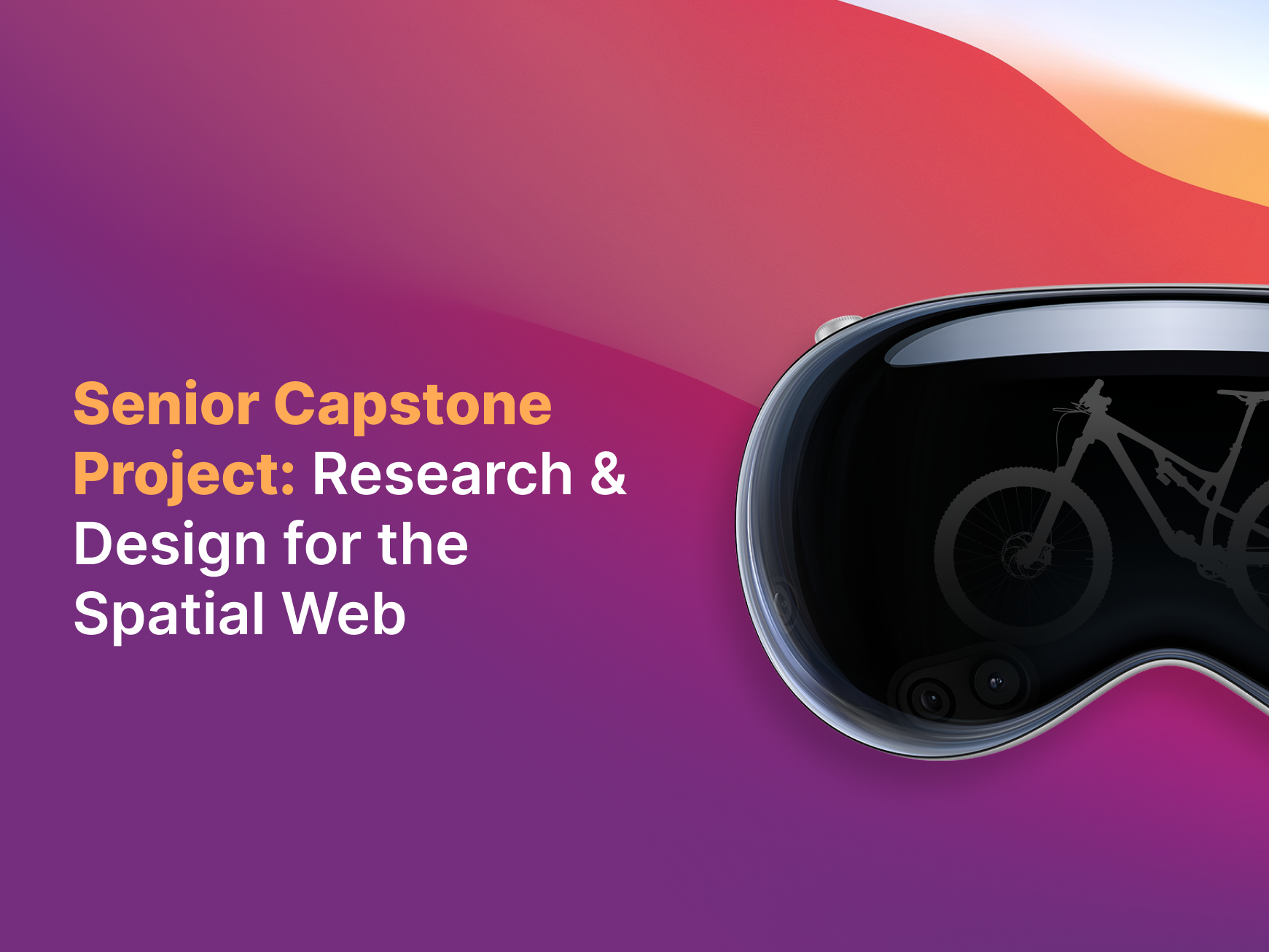An Overview
This case study delves into the extensive process undergone to research, redesign, and test a functional hi fidelity prototype of a departmental website at Utah Valley University. The Student Leadership & Success Studies program aims to deliver courses to students at UVU that not only develop their academic skills, but prepare them for success in life. Their website however, completely fails at functioning as a tool to communicate that essential mission.
The goal of this project is to redesign and develop a website aimed to better deliver the message and purpose of SLSS to the students at UVU who can benefit from their courses and services. The current website fails on many fronts; nonsensical functionality, unclear department role, little or no calls to action being just a few. The redesigned site attempts to mend these design errors and deliver a much more functional and purposeful product.
The goal of this project is to redesign and develop a website aimed to better deliver the message and purpose of SLSS to the students at UVU who can benefit from their courses and services. The current website fails on many fronts; nonsensical functionality, unclear department role, little or no calls to action being just a few. The redesigned site attempts to mend these design errors and deliver a much more functional and purposeful product.
Preliminary Research
The process began first with assessing the many elements of the original web app design and identifying the ways in which they fall short. The main areas that required the most restructuring were the navigation elements as well as the general layout. After identifying various problem areas, I first began to develop rough sketches for what a re-design addressing those problem areas would look like.
After initial research was undergone, we then conducted in depth usability eye tracking tests the of current site to asses its functionality issues and identify various user habits.
Eye Tracking Results
We found several structural problems with the website as well as confusing design decisions that made it more difficult for users to navigate through the site. One specific finding from this research was that many users were expecting clear and concise readily available information but were instead met with vague overviews of department details and testimonial videos people didn’t have the time to watch. These findings greatly informed what we brought to the drawing board.
To the Drawing Board
After information is gathered, and extensive research is undergone to identify the needs of the website and it’s audience, we then can start putting pen to paper to solving these issues. We began by undergoing a heuristic markup to mark down various problem areas with the site and ideas to solve them. We developed a site map, as well a thorough as project plan containing foundational design principles that would guide the redesign process. All these plans and preparations then informed a rough but structured wireframe of each page of the redesigned site.
Making it Look Pretty
After basic structure has taken form, we then polished things off and finalized various design details to bring the wireframes into the surface composition stage. Decisions like color, header, typography and iconography conventions take place in this stage and all contribute to making the surface comp appear nearly pixel for pixel identical to the final product would look like.
Making it Work
After things were properly put into their place in the form of surface comps, the last step was to actual make these mockups functional like a real site. We exported each page to a prototyping system and and connected each piece to work together as a functional site. If there’s anything that defines the design process it’s iteration, and even after we developed a working prototype for the site changes still needed to be made. We took the prototype and conducted 6 usability tests to see how people would interact with the site in the real world. These tests brought new ideas as well as new issues to light that we altered and continued to iterate through.
Outcomes & Results
Not every outcome and result can be accounted for at this point in time as the redesign has not yet been implemented to replace the department website. This redesign was part of a team project in a college course, and the extent at which our team’s design will be chosen to replace the current one is not yet known. The biggest results from this project however are in my abilities to make research driven design decisions that aim to solve real problems while working closely and collaboratively with a high functioning design and development team.
*Note Joshua Barlow is a student in the Digital Media program at Utah Valley University, Orem Utah, studying Interaction Design. The following article relates to the "redesign a website" project in the DGM 2240 Course and is representative of the skills learned.







